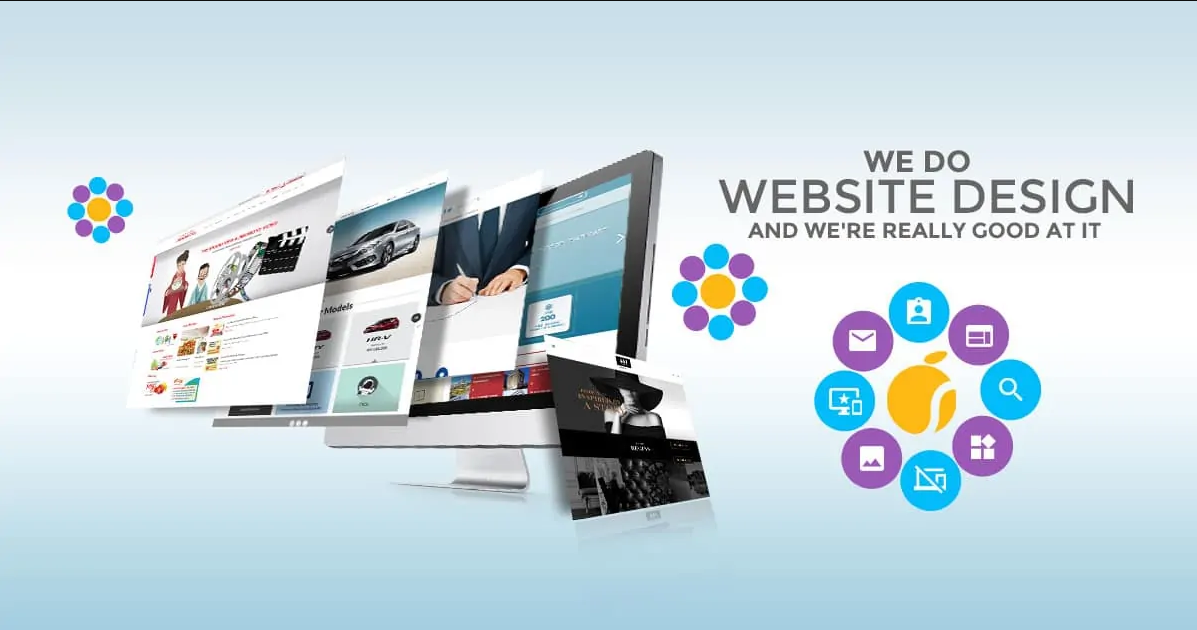A well-crafted website is a powerful tool that can attract, engage, and convert potential customers. One of the key elements that contribute to the effectiveness of a website is high-quality content. Businesses can greatly benefit from website content writing services in numerous ways, ranging from improved search engine rankings to enhanced brand credibility. In this blog post, we will explore the various advantages of investing in professional website content writing services. Search Engine Optimization (SEO) Search engines play a crucial role in driving traffic to websites. Content that is optimized for search engines helps businesses rank higher in search results, making it more likely for potential customers to discover their website. Professional content writers understand the nuances of SEO, incorporating relevant keywords strategically to improve visibility and attract organic traffic. Engaging and Relevant Content Captivating and informative content is the cornerstone of a successful website. Website content writing services can provide businesses with writers who specialize in creating engaging, relevant, and persuasive content tailored to their target audience. This helps in keeping visitors on the website longer, reducing bounce rates, and increasing the likelihood of conversions. Establishing Credibility and Authority Well-researched and expertly written content helps businesses showcase their expertise in their respective industries. By consistently providing valuable information, businesses can establish themselves as authorities in their field, gaining the trust and confidence of their audience. This enhanced credibility can lead to increased customer loyalty and a positive brand image. Customized Content Strategy Professional website content writers work closely with businesses to develop a customized content strategy aligned with their goals and target audience. This includes creating a content calendar, identifying key topics, and maintaining a consistent brand voice. A well-defined content strategy ensures that businesses can effectively communicate their message and maintain a cohesive online presence. Time and Resource Efficiency Outsourcing content writing allows businesses to focus on their core competencies while leaving the task of creating compelling content to experts. This not only saves time but also ensures that the content is of high quality. Professional content writers are skilled in meeting deadlines and can deliver a steady stream of content, helping businesses maintain a fresh and dynamic online presence. Adaptation to Industry Trends The digital landscape is constantly evolving, with new trends emerging regularly. Website content writing services stay abreast of industry trends and adapt content strategies accordingly. This ensures that businesses remain relevant and continue to meet the changing needs and expectations of their audience. Investing in website content writing services is a strategic decision that can significantly contribute to the success of a business in the online realm. From improving search engine rankings to establishing credibility and engaging the target audience, the benefits are diverse and impactful. By leveraging the expertise of professional content writers, businesses can create a strong online presence that not only attracts visitors but also converts them into loyal customers. As the digital landscape continues to evolve, the importance of high-quality website content will only grow, making it a worthwhile investment for businesses aiming for sustained success.
How Businesses Can Benefit from Website Content Writing Services








